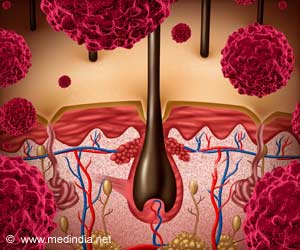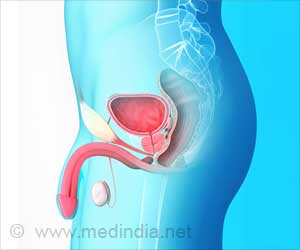The development of a mouse model by the Oregon Health & Science University Cancer Institute research laboratory has proved beneficial in the study of the often devastating head and neck squamous cell cancers.
The research was conducted by Xiao-Jing Wang, M.D., Ph.D., and his colleagues. The results of their research breakthrough have been published in the May 15 issue of Genes & Development.‘This is the first animal model that mimics human head and neck cancer at both the pathological and the molecular levels with 100 percent incidence,’ Wang said.
While scientists have identified some genes involved in head and neck squamous (HNSCC)cell carcinoma , overall, progress has been hampered by the lack of an animal model to study the development and progression of the disease. ‘This model will provide a valuable tool to screen for novel therapeutic and preventive approaches for this often deadly cancer,’ said Wang, head of the Division of Molecular Biology of Head and Neck Cancer in the OHSU School of Medicine and a member of the OHSU Cancer Institute.
Head and neck squamous cell carcinoma is the sixth most common cancer in the United States. It has a low survival rate - fewer than 50 percent of head and neck patients survive beyond five years, and this rate has not changed in the past 20 years, despite progress in developing therapies for other cancers. Patients are usually resistant to routine chemotherapy and radiation therapy. In addition, the quality of life for survivors is usually miserable because the location of the cancer often destroys structures critical to speaking, breathing and swallowing.
In their research, Wang and her colleagues engineered a strain of mice to specifically lack expression of the transforming growth factor beta receptor II (TGFbRII) in epithelial cells of the oral cavity. By then introducing activating mutations in either the H-ras or K-ras (two different isoforms of the Ras GTPase), the researchers were able to induce invasive HNSCC with 100 percent incidence.
‘Head and neck lesions developed from this mouse model have many molecular alterations similar to those found in HNSCC patients. Additionally, we have identified several new biomarkers that data suggest may be good targets for HNSCC therapy,’ Wang said.
Advertisement
‘Before I came to OHSU, a woman who was helping me here with my new house asked what was bringing me to Portland.
Advertisement
‘It was a true team effort of the head and neck cancer research division, especially with Dr. Shilong Lu, the first author on this study, who made the major contribution to this model,’ Wang said. Shilong LU, M.D., Ph.D., is research assistant professor of otolaryngology/head and neck surgery in the OHSU School of Medicine.
Peter Andersen, M.D., F.A.C.S., associate professor of otolaryngology/head and neck surgery in the OHSU School of Medicine; and Christopher L. Corless, M.D., professor of pathology in the OHSU School of Medicine, and member of the OHSU Cancer Institute, are co-authors on this study.
Source: Eurekalert





